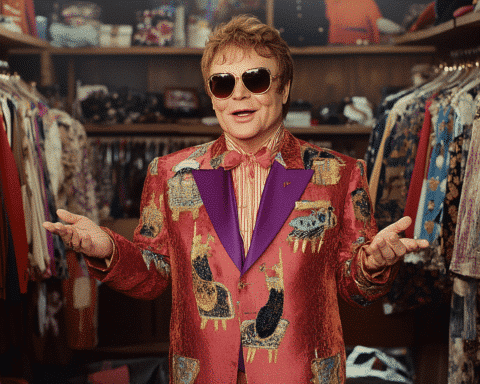Fashion designer Hedi Slimane has officially left LVMH’s Celine brand, marking another significant shift in the luxury fashion industry. This departure comes at a challenging time for fashion houses, as the sector faces a slowdown in global sales. LVMH has appointed Michael Rider, an experienced hand with Celine, as Slimane’s successor, adding to the industry’s reshuffling of top talent.
A New Chapter Begins at Celine
Michael Rider, set to take over in early 2025, has over a decade of experience working with Phoebe Philo at Celine. His familiarity with the brand’s DNA is expected to bring continuity, though the transition signals another instance of high-profile movement within luxury fashion. The industry is still awaiting the announcement of a new creative director for Chanel, following Virginie Viard’s departure in June.
Luca Solca, an analyst at Bernstein, suggests that departures like Slimane’s are often tied to performance. “Creative directors tend to leave when their work no longer boosts sales,” he noted. Solca believes Slimane’s exit is no exception, observing that designers often repeat ideas, which can make collections feel predictable. However, Slimane’s impact was undeniable, with Solca estimating that Celine’s revenue under Slimane likely more than doubled to around 2.5 billion euros.
Slimane’s Impact: Transforming Celine’s Aesthetic
Hedi Slimane’s tenure at Celine, starting in 2018, left an indelible mark. Known for his rocker-chic style and iconic skinny silhouettes, Slimane modernized Celine’s classic French bourgeois aesthetic to appeal to younger audiences. His campaigns featured models like Kaia Gerber, embracing laid-back looks with faded jeans and cropped tops.
Beyond apparel, Slimane expanded the brand’s offerings by introducing menswear, fragrances, and makeup lines. Not only did he design collections, but he also tightly controlled Celine’s brand image, personally photographing ad campaigns and curating fashion shows outside the traditional calendar.
The Financial Targets and Global Market Challenges
Bernard Arnault, LVMH chairman and CEO, set ambitious goals for Slimane upon his arrival, aiming to increase Celine’s revenue to 2–3 billion euros within five years. By early 2024, the brand appeared to meet those targets, with Celine surpassing 2 billion euros in sales. Arnault praised the success, remarking in January that “Celine has enjoyed great success thanks to Slimane.” However, luxury sales growth overall has slowed, partly due to economic challenges in China, where property market woes and job insecurity have dampened consumer spending.
Barclays analyst Carole Madjo highlighted that Celine is facing “brand fatigue” in China, raising concerns that the brand’s performance may be faltering in the region. Amidst this transition, LVMH recently sold streetwear label Off-White, founded by Virgil Abloh, and increased its investment in Moncler, a rising star in the industry.
Hedi Slimane’s departure from Celine marks the end of a transformative era for the brand, as he redefined its identity and doubled its revenue in just a few years. His successor, Michael Rider, now carries the responsibility of steering the brand through uncertain times. Slimane’s ability to revamp a legacy brand while maintaining control over every detail will be remembered as a defining element of his career. The luxury fashion world now awaits the next chapter, both for Celine and Slimane himself.
As the fashion industry evolves with shifting consumer trends and leadership changes, brands must adapt to new challenges to maintain their relevance.





